As a minimally processed Tea, White Tea is often referred to in folk sayings as “a year's tea, three years' medicine, seven years' treasure.” Previously, when people mentioned “white tea,” the first thing that came to mind for many was Fuding white tea. However, in recent years, the use of Yunnan large-Leaf tea to make white tea, combining large-leaf varieties with white Tea processing techniques, has become a hot topic and an innovation in the tea market.
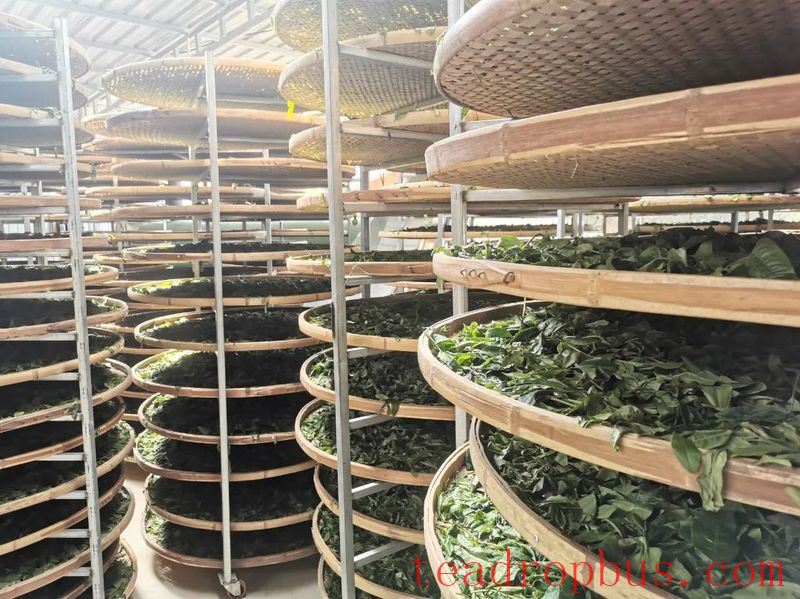
As one of the simplest teas to process among the six major categories (green, yellow, Oolong, white, black, and dark), white tea is neither rolled nor kneaded; it relies solely on basic processes such as withering and drying, which preserve the natural woody fragrance of the tea to a great extent.
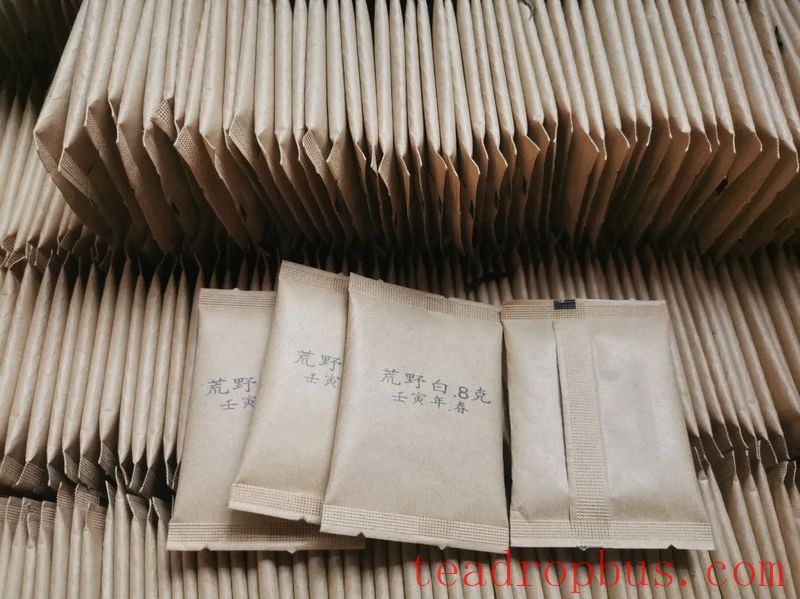
In terms of craft, some believe that white tea merely requires slow withering followed by drying, leaving the rest to time. However, this is not entirely accurate. The simpler the process, the more factors there are to consider. This is something Du Jingjing, a 29-year-old tea maker from Shuangjiang, understands well.
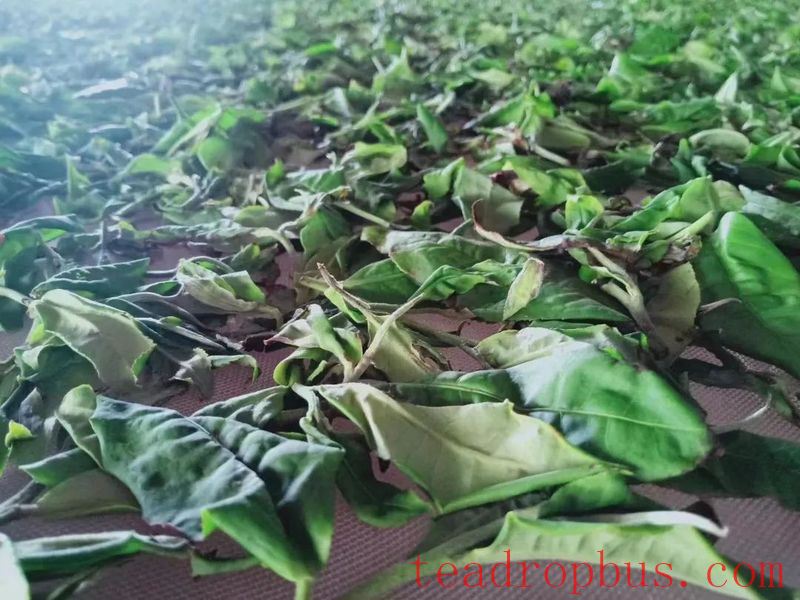
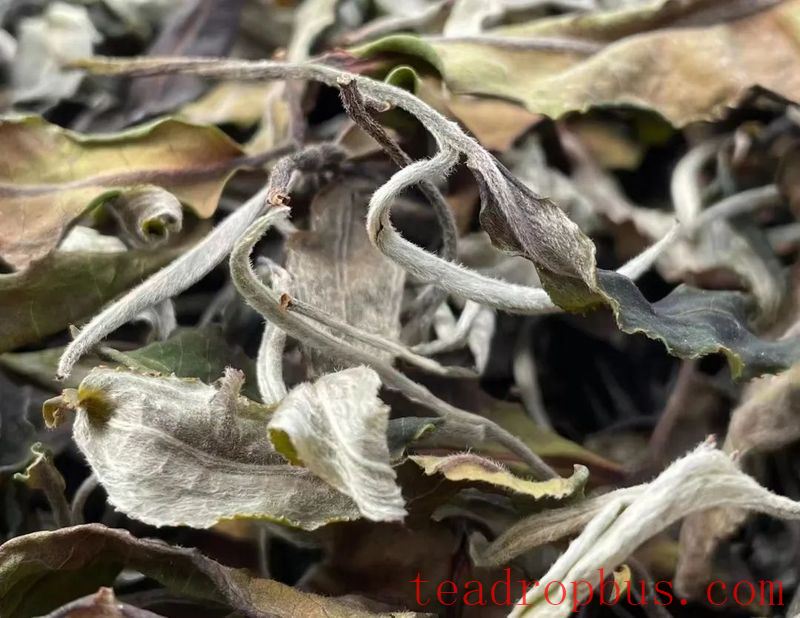
Du Jingjing loves drinking white tea, but most white tea available on the market is made from small-leaf varieties. According to her, “It always lacks that certain flavor—the rich taste of large-leaf tea and the richness that comes from high-quality raw materials.” Accustomed to large-leaf teas, she decided to make her own white tea using the large-leaf tea from Mengku and ancient tree leaves.
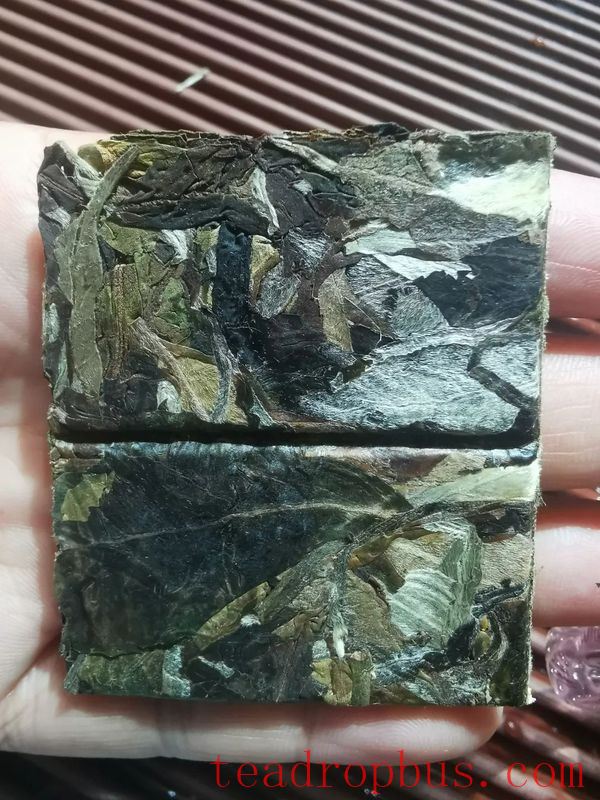
Starting with the crucial raw material, Du Jingjing repeatedly compared other high-quality white teas made from large-leaf teas. Although they had a notable downy aroma, their taste was milder compared to the Mengku large-leaf tea. As tea enthusiasts would say, “The broth is thin.”
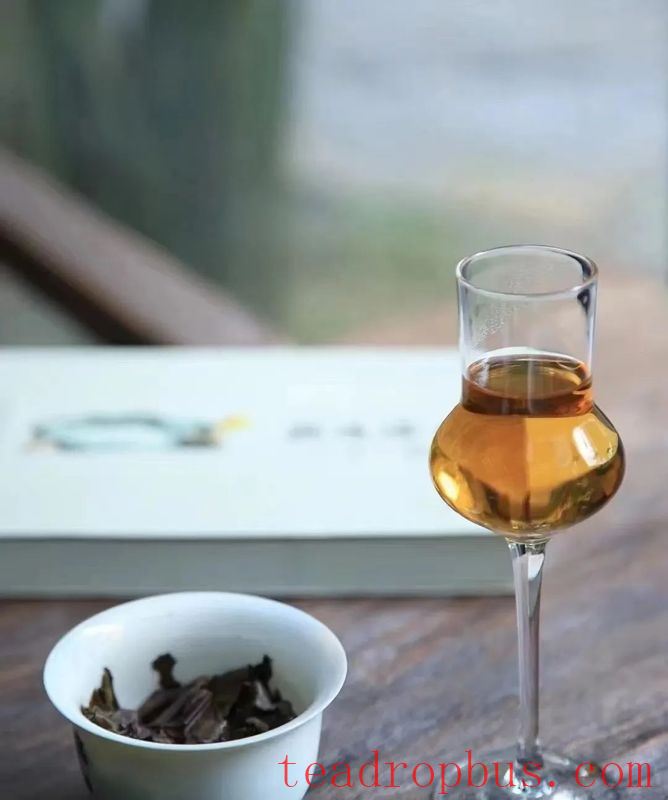
This is also a consensus among many tea makers and companies in Lincang who produce white tea, leading them to primarily use Mengku large-leaf tea as their raw material in recent years.
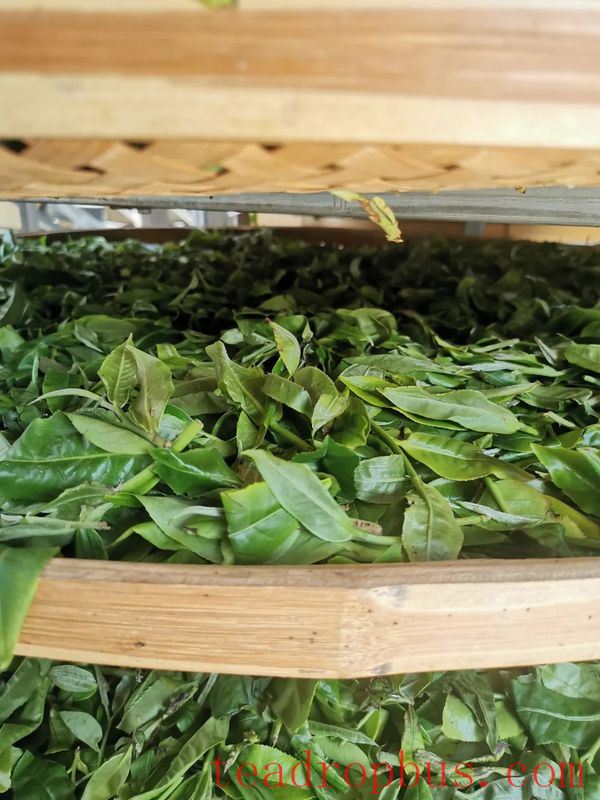
After firmly deciding on the raw material, Du Jingjing began experimenting with the process. It took her a whole year of trial and error before she finally produced a white tea with floral notes. This “wild white tea” became a star product in her collection. In the process of making the tea, she learned that, apart from the variety of raw material, the quality of white tea is influenced by the weather during production and the thickness of the spread-out tea leaves. It should not be humid or rainy, and the leaves should not be spread too thinly, as thinner layers dry too quickly, resulting in a stronger grassy taste that greatly affects the sweetness of the white tea.

There are many young tea makers like Du Jingjing in the Lincang tea region. While they inherit traditional techniques from the older generation, they also continuously learn new professional knowledge. Their internet-based thinking gives them a more multidimensional perspective on problems. Beyond the natural advantage of having high-quality raw materials, more tea-making techniques are entering the Lincang tea industry chain, offering even more possibilities for Lincang's large-leaf tea.
Reporters: Xu Shanshan and Cha Haixia